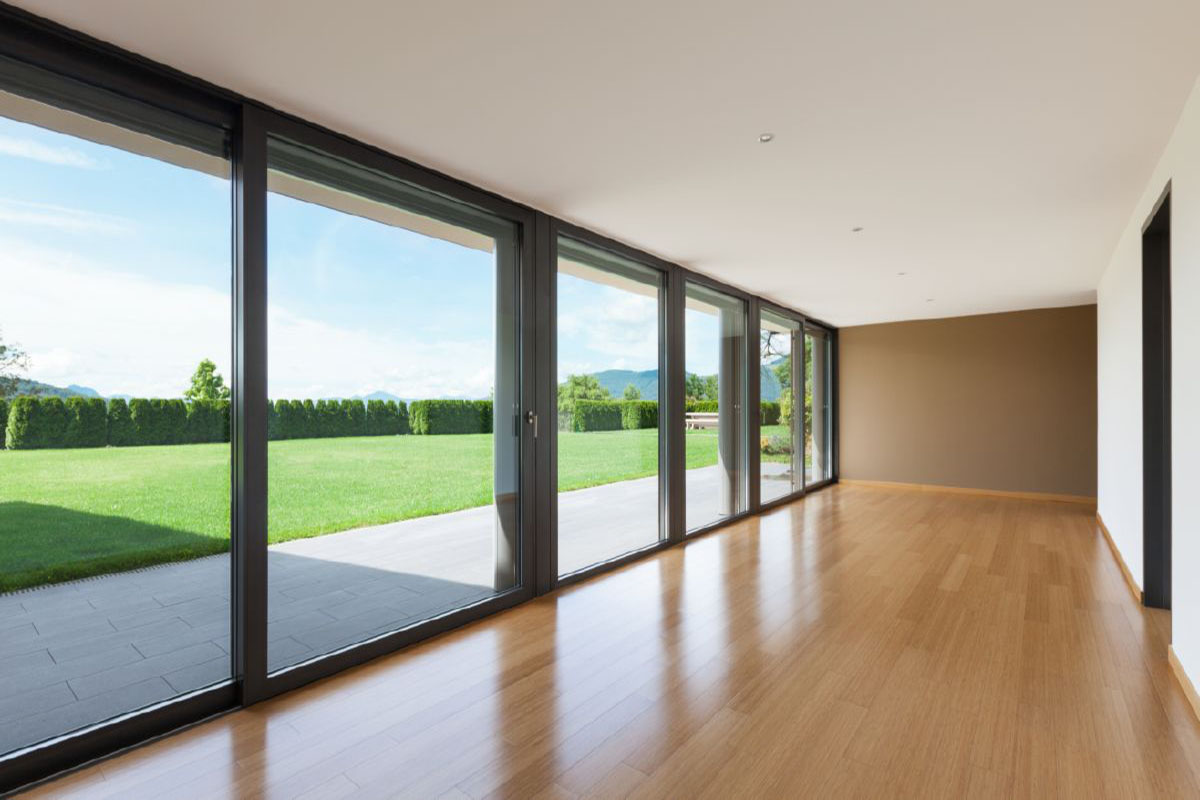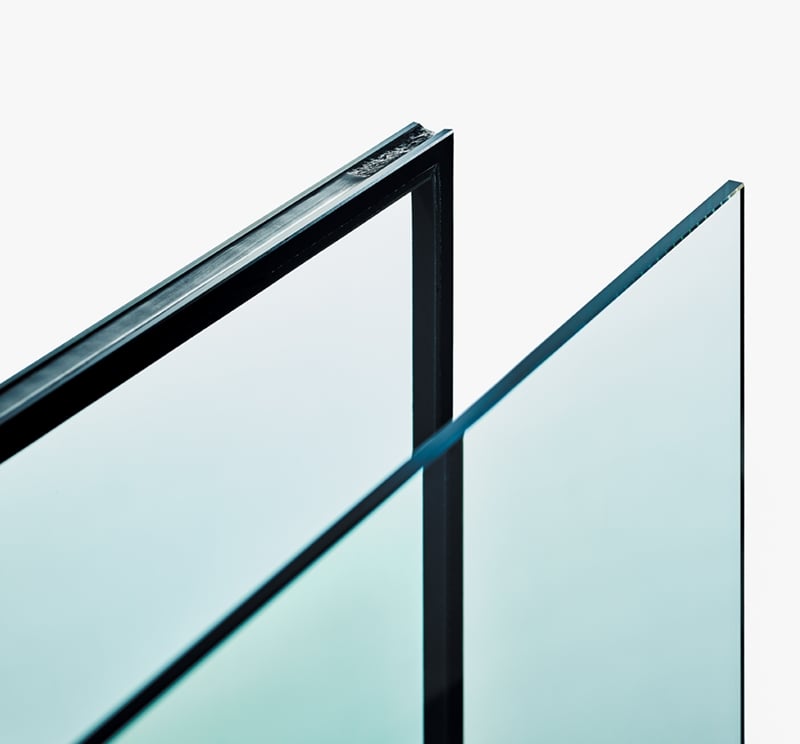All Categories
Featured
Table of Contents
Why Should You Have Double-glazed Windows This Summer? in Joondanna Western Australia
That window can send more solar heat in winter season than in summertime. A west-facing window on a summer season's afternoon has an angle of occurrence from near 0 up to 30 with a large reliable location of solar radiation. A north-facing window, in summer season, has a high angle of incidence and a low efficient area of solar radiation, so can transmit less heat than a west-facing one.

But you can rapidly and easily improve the thermal efficiency of your house by replacing your windows. This is among the most reliable techniques of remodelling to achieve enhanced thermal convenience. There are thousands of types of glass and frames to pick from. Selecting the right ones is essential to improving the energy performance of your house.
Glass & Glazing - Easy Windows Upvc Double & Triple ... in Hillman Perth
Single glazing with clear glass is not extremely efficient when it comes to heat loss or gain. To enhance efficiency, you can use single glazing with a more energy-efficient type of glass such as low emissivity (low-e) glass.
Multiple layers can be put together with sealed cavities between each sheet of glass. IGUs generally provide much better energy performance than single glazing, due to the fact that they send less energy. However, the energy efficiency of IGUs also depends upon: the residential or commercial properties of each layer of glass. Various glass types (for example, clear and low-e glass) can be put together in an IGU.
Summer Scorcher Predicted, Again! Double Glazed ... in Warwick WA

IGU cavities can be filled with air or a more inert, low-conductivity gas such as argon the width of the cavity. Broader cavities supply lower (better) U values, with 12mm normally accepted as the favored gap how well the cavity is sealed.
If argon is installed to the cavity in place of air, moisture is reliably left out the level of desiccant (drying agent). The spacer (metal or polymer strip) that separates the glass layers consists of a desiccant to soak up any moisture. Insufficient desiccant might cause wetness to condense on the glass surface area in cold conditions, decreasing thermal performance.
What Are The Benefits Of Double Glazed Windows? in Orelia WA
In truth, IGUs can provide much better energy performance for all climates, specifically in heated and air-conditioned houses. Cross-section detail of single, double and triple-glazing systems Low emissivity glass (typically referred to as low-e glass) reduces heat transfer. Low-e glass may be either high or low transmission: High transmission low-e glass has a finish that enables daylight from the sun to enter your house to attain great solar heat gain, however decreases the amount of the long wavelength infrared heat that can escape back through the window.
Low-e glass has either a pyrolytic finishing or a vacuum-deposited thin film metal coating. Pyrolytic finishes are resilient and can be used for any glazing; vacuum-deposited coatings are soft and are just utilized within IGUs. Low-e coverings can significantly improve both U value and SHGC; however, they should be used correctly or they will either degrade or fail to carry out as required.
Double Glazing Vs Triple Glazing: Which Should You Choose in Yokine Perth
Low-e coverings can be used in mix with clear, toned or reflective glass. Low-e coatings on glazing can reduce heat transfer where needed Picture: Department of Industry, Science, Energy and Resources Toned glass has actually colouring ingredients consisted of during manufacture. It is available in numerous colours, generally bronze, grey, blue and green.
Latest Posts
Double Glazed Windows in West Leederville Perth
Double Glazed Windows Melbourne in Medina Western Australia
Double Glazing Companies Near Me Reviewed 2023 in Huntingdale WA